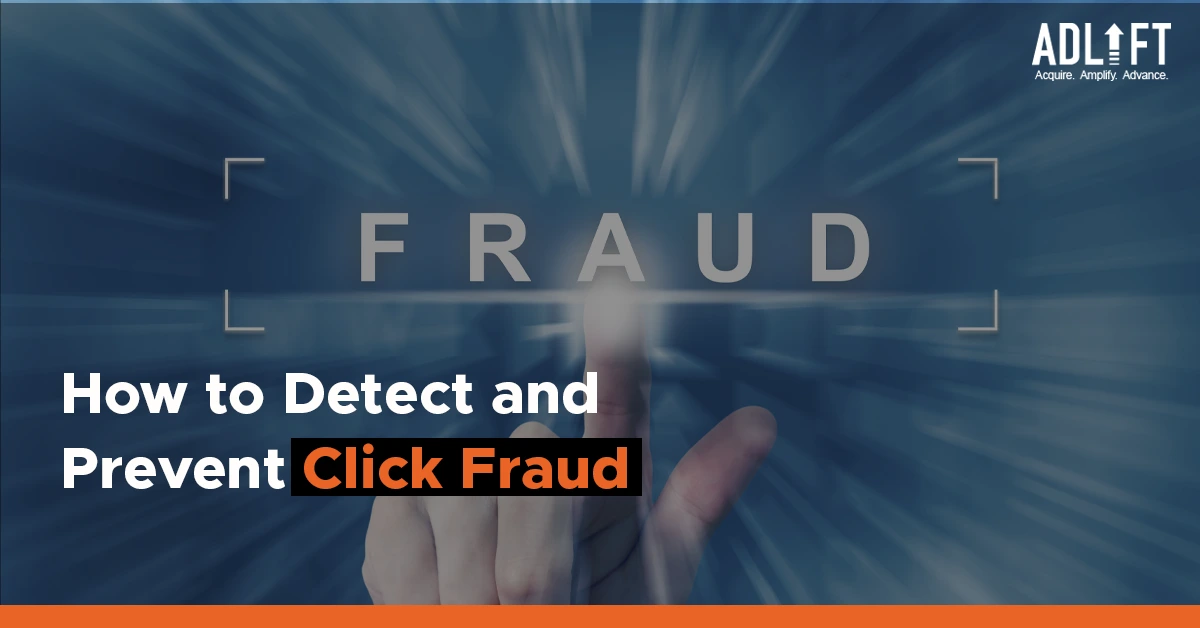How to Detect Click Fraud and Prevent It?

Whether it is orchestrated by competitors, bots, or individuals with malicious intent, click fraud can be elusive to detect due to the sophisticated techniques employed by fraudsters. This article will delve into effective strategies to detect click fraud and stop it.
Detecting Click Fraud
Track Click Data: Monitoring click data is a valuable method for identifying click fraud. Utilize tools like Google Analytics to keep tabs on the source, timing, and location of clicks. Unusual trends or sudden spikes in click activity can raise suspicions.
Analyze Conversion Data: Analyzing conversion data can be instrumental to detect click fraud. If a significant number of clicks fail to convert into sales or leads, it could indicate fraudulent activity. Additionally, patterns of clicks originating from a single IP address can be indicative of click fraud.
Leverage Click Fraud Detection Tools: Numerous online tools are available to help detect click fraud. These tools employ advanced algorithms to analyze click data and recognize fraudulent patterns. Prominent examples include ClickGuard, ClickCease, and FraudScore.
Preventing Click Fraud
Implement Click Fraud Protection: Employing click fraud protection is one of the most effective prevention measures. This software solution employs technologies like machine learning to detect and prevent fraudulent clicks in real time. By identifying and blocking fake clicks before they reach your website, you can safeguard your budget and preserve your brand reputation.
Regularly Monitor Advertising Campaigns: Regular monitoring of advertising campaigns plays a crucial role to detect click fraud. Look out for unusual patterns or sudden increases in click activity, and thoroughly investigate clicks that fail to generate conversions. Additionally, monitor the IP addresses of users clicking on your ads and promptly block suspicious ones.
Limit Ad Exposure: Restricting the exposure of your ads can help mitigate the risk of click fraud. Optimize ad campaigns by targeting specific geographic locations, demographics, or devices. This approach reduces the likelihood of fake clicks originating from bots or clicks farms.
Exercise Caution with Third-Party Publishers: When collaborating with third-party publishers to promote your ads, exercise caution. Ensure the publisher has a solid reputation and a track record of delivering quality traffic. Continuously monitor your ad campaigns for any signs of fraudulent activity.
Pursue Legal Action: It is crucial to take legal action when you detect click fraud. Report the fraudulent activity to the relevant authorities and initiate legal proceedings against the perpetrators. This not only sends a message that click fraud will not be tolerated but also serves to protect the interests of advertisers.
Conclusion
Click fraud poses a significant threat to advertisers, necessitating proactive measures to detect click fraud and prevent it. By diligently monitoring click data, analyzing conversion data, utilizing tools to detect click fraud, implementing click fraud protection, regularly monitoring advertising campaigns, limiting ad exposure, exercising caution with third-party publishers, and pursuing legal action when necessary, advertisers can safeguard their brand reputation and preserve their advertising budget.

